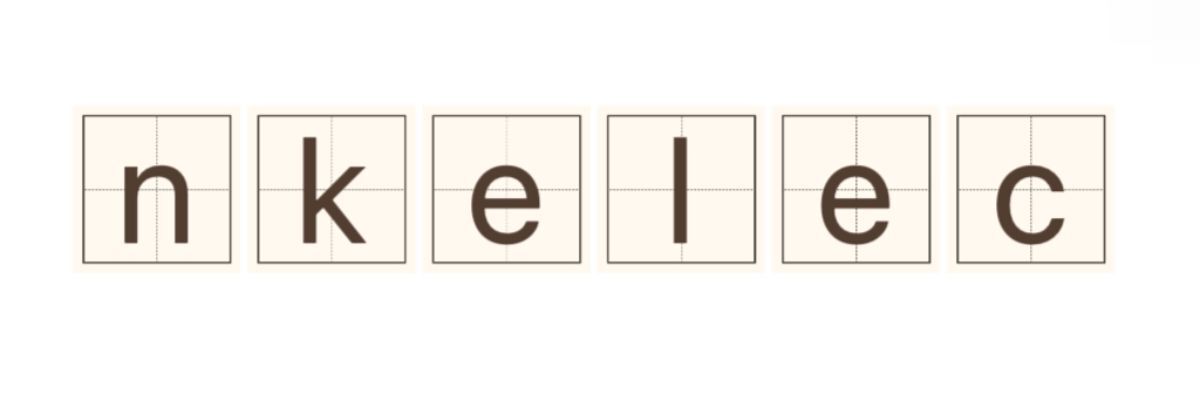how to choose fiber optic cable
Choosing the right fiber optic cable can feel overwhelming, especially with the myriad options available on the market today. However, understanding a few key factors can simplify the decision-making process and help you make an informed choice. Whether you're upgrading your home network or laying out a cabling plan for a large organization, knowing how to choose fiber optic cable will save you time, money, and future headaches.
Are you interested in learning more about how to choose fiber optic cable? Contact us today to secure an expert consultation!
What is Fiber Optic Cable?
Fiber optic cables are the backbone of modern communication systems. They transmit data in the form of light through glass or plastic fibers, offering high speed and bandwidth compared to traditional copper cables. This makes them ideal for high-demand applications like internet connections, television services, and telephone communication.
Key Factors to Consider
1. Single-Mode vs. Multi-Mode
One of the first decisions you'll need to make is whether to choose single-mode or multi-mode fiber optic cable.
Single-Mode Fiber: This type uses a single light path, enabling it to transmit signals over long distances (up to 40 kilometers). It's ideal for telecommunications and long-haul networks.
Multi-Mode Fiber: This cable allows multiple light paths, making it suitable for shorter distances (up to 2 kilometers). It's commonly used within buildings or data centers.
If your application involves long-distance communication, you’ll want to understand how to choose fiber optic cable types that cater to those needs.
2. Cable Construction
When deciding on the right fiber optic cable, consider its construction and the environment where it will be installed.
Indoor vs. Outdoor: Indoor cables are typically made with a lightweight, less rugged design. In contrast, outdoor cables come with stronger protection against elements like moisture, ultraviolet light, and temperature changes.
Loose Tube vs. Tight-Buffered: Loose tube cables are great for outdoor applications, as they can expand and contract with temperature changes. Tight-buffered cables, being more robust, are suitable for indoor setups.
The environment in which you plan to install your cables is crucial for determining their longevity and performance.
3. Connector Types
Fiber optic cables come with a variety of connector types, and the right choice can impact both performance and compatibility. Common connector types include LC, SC, ST, and MTP/MPO.
Make sure to check what types of connectors are used in your existing network equipment. Typically, LC connectors are used in high-density applications, while SC connectors are known for their strength and reliability.
How to Measure Your Needs
Understanding how to choose fiber optic cable also involves evaluating your specific needs. Here are a few tips to help:
Bandwidth Requirements: For high-speed internet and streaming services, consider cable that supports higher bandwidth. Multi-mode cables are generally sufficient for home use, while business applications may require single-mode cables.
Distance: Calculate the length of cable needed and always allow for extra length to avoid any installation issues. Remember that longer distances may necessitate the use of single-mode fiber.
Future Needs: Technology is always advancing. Choose cable types that not only meet current needs but are also scalable for future demands.
Conclusion
Deciding how to choose fiber optic cable involves understanding the different types, construction, and applications that best suit your needs. Whether it’s for a small home office, a commercial space, or an extensive outdoor network, taking the time to evaluate your requirements will lead to better performance and satisfaction.
If you have any questions or need assistance in selecting the right fiber optic cable for your project, feel free to reach out! Remember, the right choice today can lead to a reliable and efficient network tomorrow.
Call to Action
Ready to make your choice? Explore our wide range of fiber optic cables and accessories today, and take the first step toward a faster and more reliable network!
If you want to learn more, please visit our website application of fibre optic cable.
59
0
0

Comments
All Comments (0)